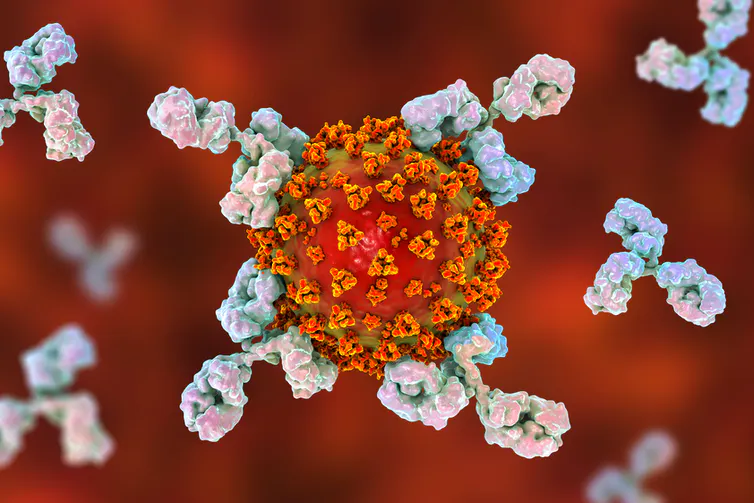Viral Inactivity May Contribute False Negatives
Sep, 2020 - By SMI

Share
The research team from the CDC has tested many inactivation methods to determine whether they reduce detectable viruses in clinical samples.
The research team from the Centers for Disease Control and Prevention (CDC) speculated that viral inactivity may have inaccurately contributed. The research was published in the Clinical Microbiology Journal. Most laboratories inactivate the virus before testing to protect lab personnel from infection while testing the novel coronavirus (COVOD-19) clinical samples. The effect of inactivation on detecting results was not determined, however, the rate of false negatives has been estimated to range from 30% to 50% for one-time testing of inactivated viruses.
Now, the team has tested many inactivation methods to determine whether they reduce detectable viruses in clinical samples. During this research, the researchers took samples from around 63 individuals with the novel coronavirus named SARS-CoV-2. Initially, the team used a technique named digital PCR to determine the number of virus particles in each sample. Then, the researchers inactivated the virus from the samples to determine how little virus can be detected at 2 sites within the genome, a gene that codes for the nucleocapsid protein, and a portion of the genome named ORF1AB. The team used a passive treatment named TRIzol and destroyed about 40% of ORF 1ab and around 47.54% of the nucleocapsid gene.
In second inactivation treatment, the team heated the samples to 56° Celsius for around 30 minutes and reduced the genome’s two sections quantities by around 48.55% and 56.40%, respectively. While heating up to 80° Celsius for around 20 minutes further reduced the viral copy number, and autoclaving or boiling at 121 ° Celsius left virtually no identifiable virus. The researchers wrote that future studies must include inactive reagents in addition to TRIzol. However, for now, TRIzol is recommended for the inactivation of the samples because TRIzol has the lowest effect on RNA.
Share
Stratagem Market Insights
533 Airport Boulevard, Suite 400, Burlingame, CA 94010, United States
Delivery Center
403, 4th Floor, Bremen Business Center
Aundh, Pune, Maharashtra 411007
India
